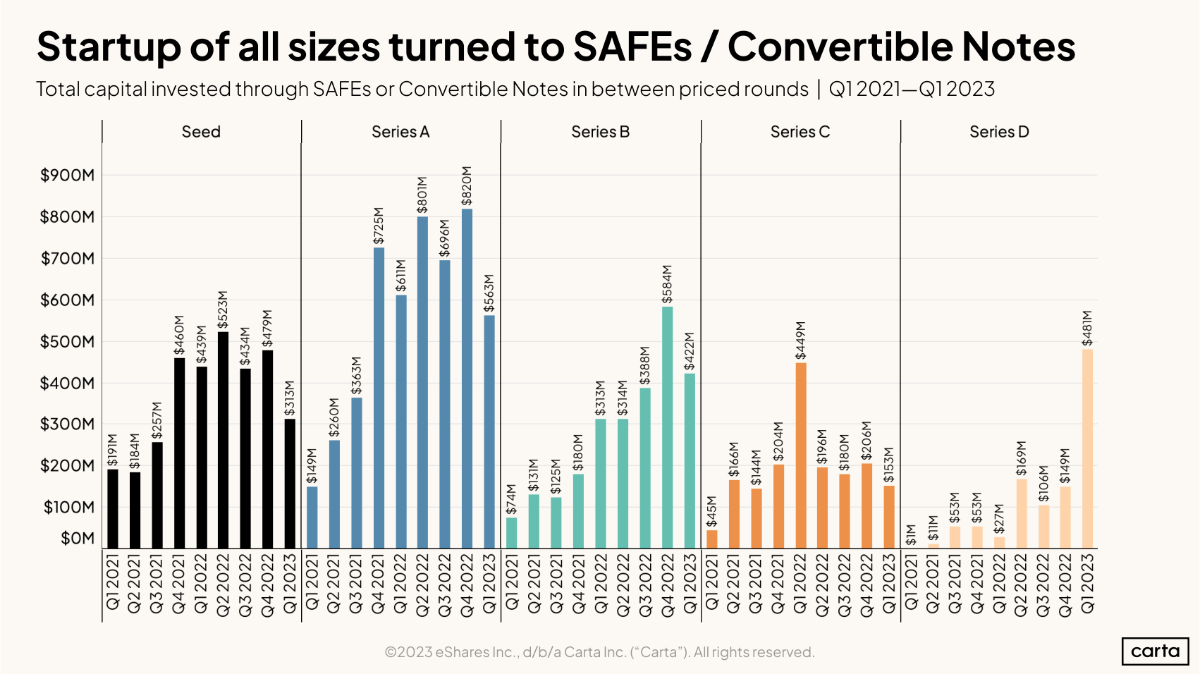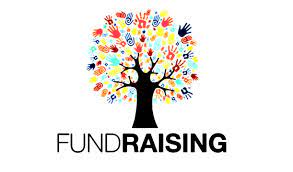Introduction: Welcome to my blog, where I’ll guide you through the art of building a progressive fundraising strategy using a SAFE (Simple Agreement for Future Equity). As a startup fundraising specialist, I understand the challenges entrepreneurs face when seeking funding from angel investors and venture capitalists. In this post, we’ll explore how to create a comprehensive fundraising plan that sets your startup on a path to success with the SAFE instrument.
Understanding the SAFE Instrument
Before diving into the steps, let’s grasp the basics. A SAFE is a popular fundraising instrument used by startups to raise capital without issuing equity at the time of investment. Unlike convertible notes, which accrue interest and have maturity dates, SAFEs offer simplicity, making them attractive to both startups and investors.
By using a SAFE, startups secure capital against the promise of future equity to investors, which converts when certain triggering events occur, such as a future funding round or acquisition. Now that we’ve covered the essentials let’s move on to the step-by-step process.
Step 1: Defining Your Fundraising Goals and Timeline – When will you issue SAFE
A successful fundraising journey begins with clear objectives. Define your fundraising goals, such as the amount you need to raise and the milestones you want to achieve with each funding round. Whether it’s to develop a prototype, launch your product, or expand to new markets, knowing your funding needs is vital. Once you’ve set your goals, establish a realistic timeline for each fundraising round. Consider factors like product development progress, market conditions, and your startup’s growth trajectory. A well-defined timeline helps you stay focused and organized throughout the fundraising process.
Step 2: Identifying Your Target Investors – Hint: They Should Understand SAFE
Now that you have your goals in place, it’s time to identify the right investors for your startup. Conduct thorough research to find angel investors and venture capitalists who have a track record of investing in businesses similar to yours. Networking events and online platforms can be valuable resources for connecting with potential investors. Remember, diversifying your investor pool can bring valuable insights and support to your startup.
Step 3: Crafting an Effective Pitch Deck will get you Investor Meetings
Your pitch deck is your startup’s first impression on investors. Make it count! Structure your pitch deck in a way that tells a compelling story about your startup’s vision, market opportunity, and competitive advantage. Within the pitch deck, include the essential sections such as:
Problem and Solution: Clearly define the problem your product solves and how it addresses market needs.
Market Size and Opportunity: Showcase the size of your target market and the growth potential.
Team and Traction: Highlight your team’s expertise and any significant milestones or achievements.
Step 4: Building a VC-Level Financial Model for Your SAFE Investors
Investors want to see a solid financial model that demonstrates your startup’s growth trajectory. Your financial model should include revenue projections, operating expenses, and cash flow analysis. Utilize financial modelling tools and resources to build a comprehensive model that aligns with your startup’s growth plans. This will give investors the confidence they need to back your venture.
Step 5: Developing a Comprehensive Fundraising Strategy around a SAFE
Now that you have all the building blocks in place, it’s time to integrate the SAFE into your fundraising strategy. Consider how much you aim to raise in each funding round and the key milestones you want to achieve with the raised capital. Develop a progressive fundraising strategy that aligns with your startup’s growth phases. For example, a seed round might focus on product development and initial market validation, while a Series A round might target expansion and scaling.
Step 6: Negotiating the SAFE Terms
Negotiations with potential investors are a crucial aspect of the fundraising process. Approach negotiations with a collaborative mindset, seeking mutually beneficial terms for both parties. Be prepared to address common negotiation points, such as valuation caps, discount rates, and conversion triggers. Striking the right balance during negotiations can lead to a successful fundraising round.
Step 7: Post-Fundraising Follow-up and Communication
Congratulations, you’ve successfully secured funding using a SAFE! But the journey doesn’t end there. Maintain open communication with your investors post-fundraising, keeping them informed about your startup’s progress and growth. Transparency and regular updates will foster trust and potentially open doors for future funding opportunities as your startup continues to thrive.
Frequently Asked Questions (FAQs)
How do I find investors for my Startup?
Finding the right investors for your startup involves diligent research and networking. Attend industry events, pitch competitions, and investor conferences to connect with potential investors. Online platforms and angel investor networks can also be valuable resources. Focus on investors who have a track record of investing in startups similar to yours and who align with your startup’s vision and values.
How much revenue do I need to be getting per month (MRR) before I start Fundraising?
There’s no fixed revenue threshold to start fundraising, as it varies depending on your startup’s industry, growth trajectory, and funding needs. While some startups may seek funding in the pre-revenue or early revenue stage, others may wait until they have a proven business model and steady revenue stream. Focus on building a compelling business case and demonstrating your startup’s growth potential to attract investors.
Are Angel investors or Venture Capital investors the right fit for my Startup?
The choice between angel investors and venture capital investors depends on your startup’s stage, funding requirements, and long-term goals. Angel investors are often individuals who invest their own money in early-stage startups and provide mentorship. Venture capital investors, on the other hand, typically invest institutional funds and look for startups with high growth potential. Consider which type of investor aligns best with your startup’s needs and growth plan
External Link: Check out this comprehensive guide on understanding SAFE agreements
Conclusion:
We all know primary rounds are hard to come by these days.
In fact, total dollars raised in primary rounds fell over 50% from Q1 2021 to Q1 of this year. Q2 is shaping up to be a little better, but there’s no denying VCs are being choosier with their cash.
So how are startups staying afloat?

It looks like many of them are turning to SAFE or Convertible Note financings in lieu of priced equity. In the chart above, we show the total amount raised on these convertible instruments by startups already in a given fundraising stage.
Take Series B, as an example. Series B companies on Carta in Q1 of 2021 raised $74 million using convertible instruments. In Q1 of this year, that ballooned up to $422 million.
The mix between SAFEs and Convertible Notes is not static as a company matures. Seed-stage companies in Q1 of this year used SAFEs for 54% of this non-priced fundraising. Only 5% of the total Series C non-price cash came from SAFEs.
The growth of this non-priced financing across the maturity stages of venture indicates a continued wariness about assigning specific valuations to even later-stage companies. Add this non-priced data to the rapid growth of extension-priced rounds, and it’s clear more VC time and money are being spent propping up current bets as opposed to funding new startups.
About the Author
James Spurway is an Angel Investor, Mentor, Advisor, Speaker, former Commercial Pilot, and Author who specialises in raising debt and equity capital. He strives to model diversity, equity, and inclusion in the founders he agrees to invest and work with. He has paused his angel investing activity to focus on raising his first US$ 50M venture capital fund, which will invest in startups that can accelerate the achievement of net zero emissions. James spent the past 33 years living in Hong Kong, Vietnam, Germany, Switzerland, Monaco, the USA, Thailand, the Philippines, Singapore, and Australia, his country of birth. In that time, he started 10 businesses, exited from seven, shut down two, and kept one. He has invested in a total of 50 startups since 2001 and had six successful exits.


